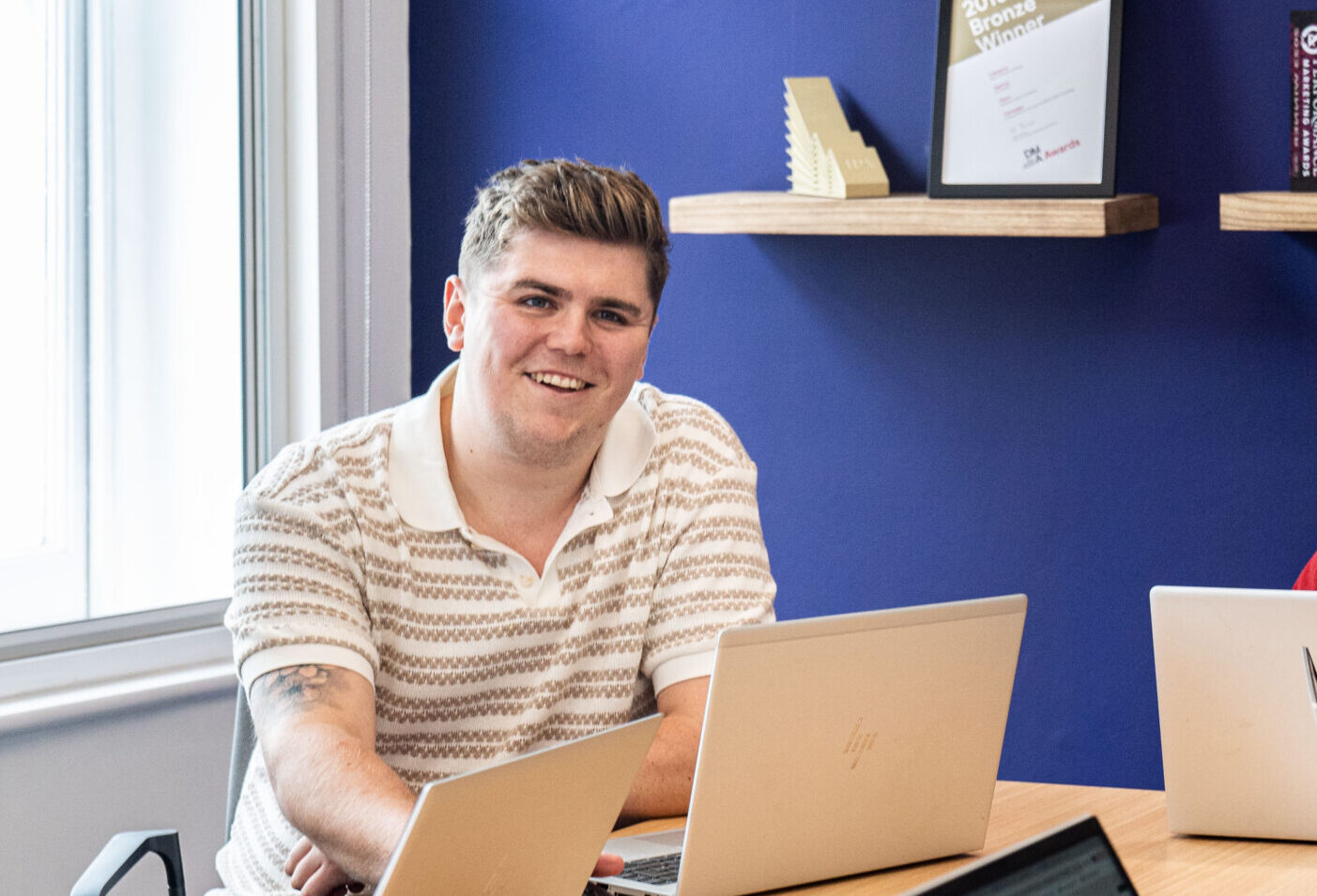Q. Tell me about what Webmart is doing currently that relates to ESG and sustainability and how you’re involved…
A. Two things. Firstly, climate action – I’m now spending 25% of my time waking people up to the issue of Scope 3 emissions specifically. That is downstream products and services that have a carbon value to them that are currently invisible or swept under the rug and have very little measurement on them. It’s about educating people that we should be past light sensors in the kitchen and getting people to cycle to work, really that’s like turning up to an earthquake with a dustpan and brush! What we really need to be talking about is that, if the estimated global emissions of digital advertising is 3-5% and growing, we need to be doing something about this to make a change. So, my climate action piece is to take the challenge to others and educating them on carbon literacy.
Secondly, what’s important is providing a solution. We recently won an award for “Highly Commended in the Lloyds Business Excellence Awards” for most sustainable business recognising our work with carbon calculation tools and methodologies, where we can measure digital activity. This includes measurement of website, emails, social posts etc. and creates a carbon value for this activity. It’s the same with physical printed marketing measuring the release of that campaign and its full life cycle. This allows you to get a very different perspective on how to specify a campaign, how long that campaign lasts and what you do with it at the end. We’re enabling agencies, marketers and suppliers to quantify the sustainability impact of a campaign, alongside measuring the usual impacts such as cost and performance.
Q. Do you think advertisers should be planning media investment with ESG goals in mind?
A. 100%. I think people should be looking also at carbon budgets placed in different media. We want advertisers to be looking to reach their audience in a way that is both budget friendly and carbon efficient. For example, if you look at the distribution department and the logistics of shipping food, there will be a carbon reduction budget measuring the carbon produced within the shipping process, whereas this wouldn’t necessarily be measured in a marketing plan. So, when looking at different types of media and how we plan it, we should consider not just the value being spent but also the carbon impact. If the client looks across the whole channel mix and plans more effectively with carbon in mind, could they have the same reach but also with a smaller footprint to achieve that reach?
Q. Do you think there are other ESG goals outside of carbon that we should be focused on when planning a campaign?
A. As a B Corp, our opinion may evolve over the next few years and indeed it has been evolving for some time. There’s a stance to say you should have red lines when dealing with the fossil fuels industry for example but also there’s an argument to be had around if you are better to work alongside them making the change and helping them to improve. I think the answer for us lies in if they are on the journey and willing to make a change, we would probably consider helping them with the ethical side of things. However, some advertisers may have done too much damage to society already and in this case, we would have to put a red line through ever working with them. There’s quite a fine line between who you will trade with and who you will help. We have some customers who are very responsible and some who are earlier on in their journey.
Q. Are advertisers and their agencies leaning forward on this topic collaboratively?
A. I think it varies. Around 25% of our revenue is through our agency partnerships and the other 75% is direct with clients so we see it from both sides. It varies based on the type of business that we’re dealing with and how responsible they are trying to be, both as a business and with their consumers. We don’t tend to always see a hunger for new things. Companies reach a plateau when they’ve met the level their customers are expecting them to be at.
Webmart has been involved in environmental initiatives since 2005. We’ve built this so thoroughly into our business, we might now be slightly ahead of the curve, so we need further client and agency appetite to be able to take our ESG efforts to the next level. Tactics are out there to force positive change, for example the threat of introducing carbon taxes. We have proactively gone over and above within our business to lead the way on the ESG journey and that’s because we only see things moving in one direction.
With agencies and advertisers, I find there isn’t a pull it’s more a push from our side. People are open to conversations, but I’ve seen a lack of agencies reach out to either match what we are doing or collaborate. It feels more like a badge. I get frustrated by the fact that not everyone is on board with the continual improvement cycle. When you are actually trying to do better every year across all areas of ESG, it does feel a little like we are beating our own drum but not everyone else is dancing to the same beat. It is excellent when agencies do come together to work collaboratively, despite being in a potentially competitive environment.
ESG has been put on the back burner on the government’s priority list in recent years due to the economy. However, many businesses have set ambitious net zero targets and I think when the economy starts to repair itself, we will see a big shift in attention on to ESG where businesses have fallen behind on targets and initiatives.
Q. Are there companies you feel have already demonstrated a robust strategy in this space and if so, what are they doing?
A. There are several agencies that are doing it quite smartly. There’s some people in the digital space that have some new ways of thinking such as Wholegrain Digital, Climbing Trees, Propellernet. These three in particular stand out to me, not just because of how they are doing ESG within their businesses but because they demonstrate a collaborative alliance and global way of thinking on best practices. I respect that all are under excellent leadership and creating collective cultures that further ESG practices. Wholegrain Digital has a publicised an ethical criteria of who it will work with and who it won’t, which is fairly bold and as a result it will have its niche of client.
In terms of clients, I like what Lucky Saint is doing in the market particularly with its messaging and Toast as well, it reuses bread to make beer and it seems to be smart as a brand.
A client I would mention is Tim Fowler and Alex Barbier, the team at Exodus Travels. They won a gold award with us for with campaign for data hygiene. In 2023 Exodus Travel partnered with Webmart to optimise its existing acquisition direct mail with the aim of amplifying response rates while reducing the campaign’s carbon footprint. Here’s the full case study.https://www.marketreach.co.uk/case-study/exodus-travels-journey-to-sustainability. We think it’s admirable when a client pushes further for a higher standard, so this is why Exodus deserves the award recognition for embracing sustainable marketing.
Q. What do you think key players in the industry might be focused on in 2024 with regards to an ESG agenda?
A. The big one that seems to be hot topic for this year is the conversation around offsetting. There’s been some scrutiny over offsetting, with some seeing it as a box ticking exercise. Some brands are interested in it, others are moving away from it completely as they don’t feel as though it will fulfil their net zero aims. I think it’s probably the year people are going to have access meaningful measurement and there will be a mixture of people waking up being like do we need to do more? Going further than simply offsetting is the stage we are at now. It’s not good enough to just rely on this. Things may get more affordable with carbon capture, sequestration and removal, but until then….offsetting to a gold verified standard is seen as the (controversial) next best. I recommend more focus on measure and reduction before relying on offsetting.
Q. If you were King/Queen for the day, what ESG policy would you decree?!
A. The biggest impact we could probably have would be (and I’m going after digital a bit here) that digital needs to get up to speed with carbon calculation. The industry needs to be better disciplined about any data that is created and shared, which is what we refer to as our carbon footprint. My decree would be to implement digital accountability and recycling. If it was all sat in your garage, you wouldn’t have it there so it shouldn’t be different online. All of our “dark data”, storage and wasteful digital ecosystem practices contribute to higher energy and carbon loads. It’s estimated that this digital ecosystem is equivalent to the airline industry of 3-5% of global carbon emissions, it’s just accelerating whilst we all state we are reducing flights. It’s going the wrong way.
Another decree would be that everyone in the industry should take a carbon literacy course so that everyone has the knowledge and education to understand our goals. We need to ensure people are aware of the impact of their behaviours.













